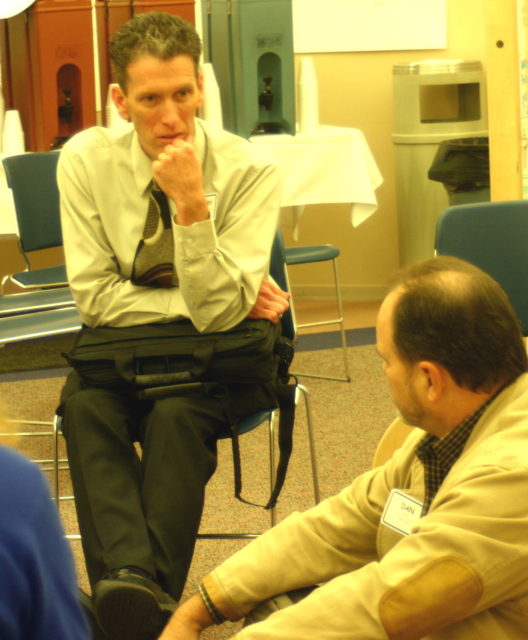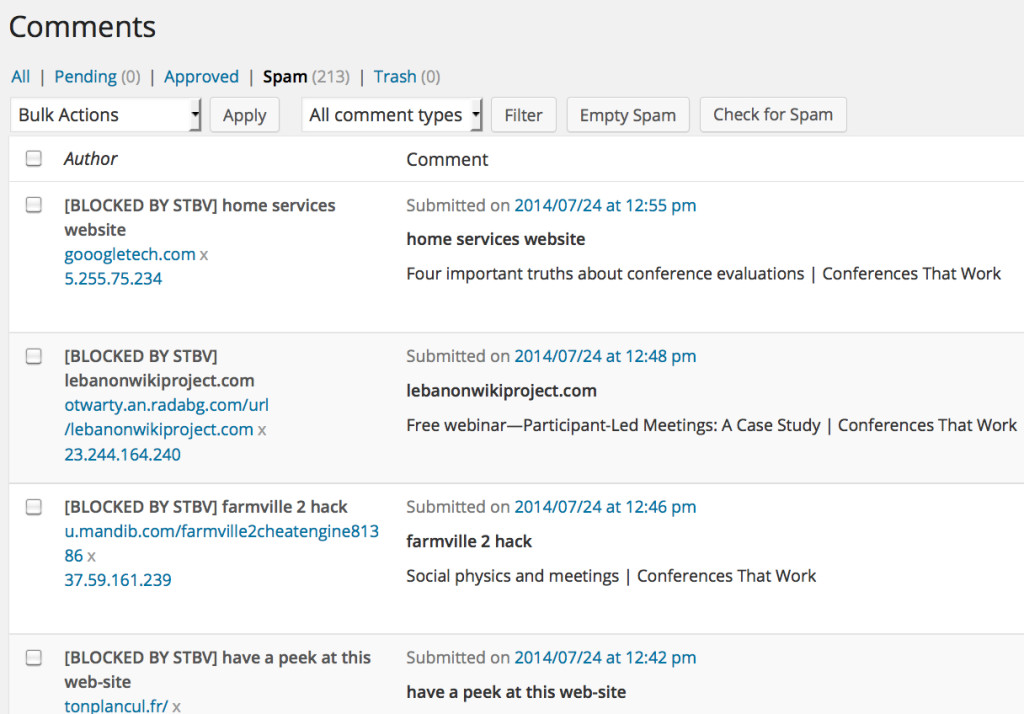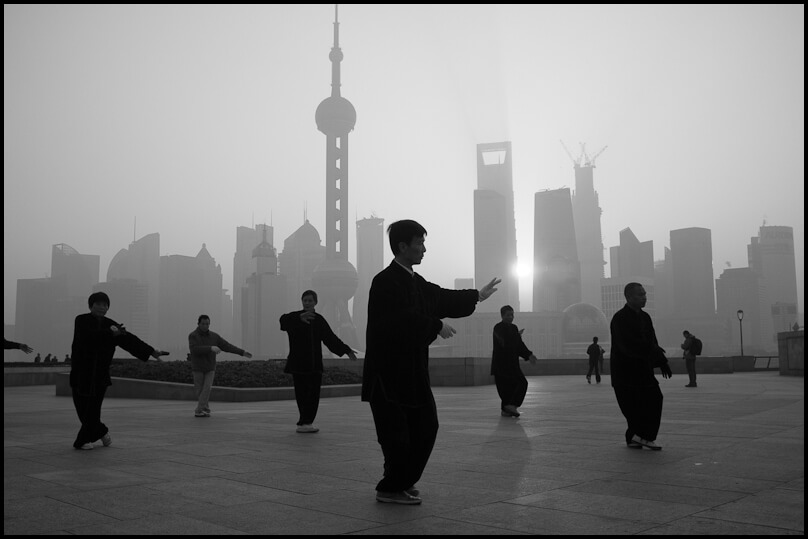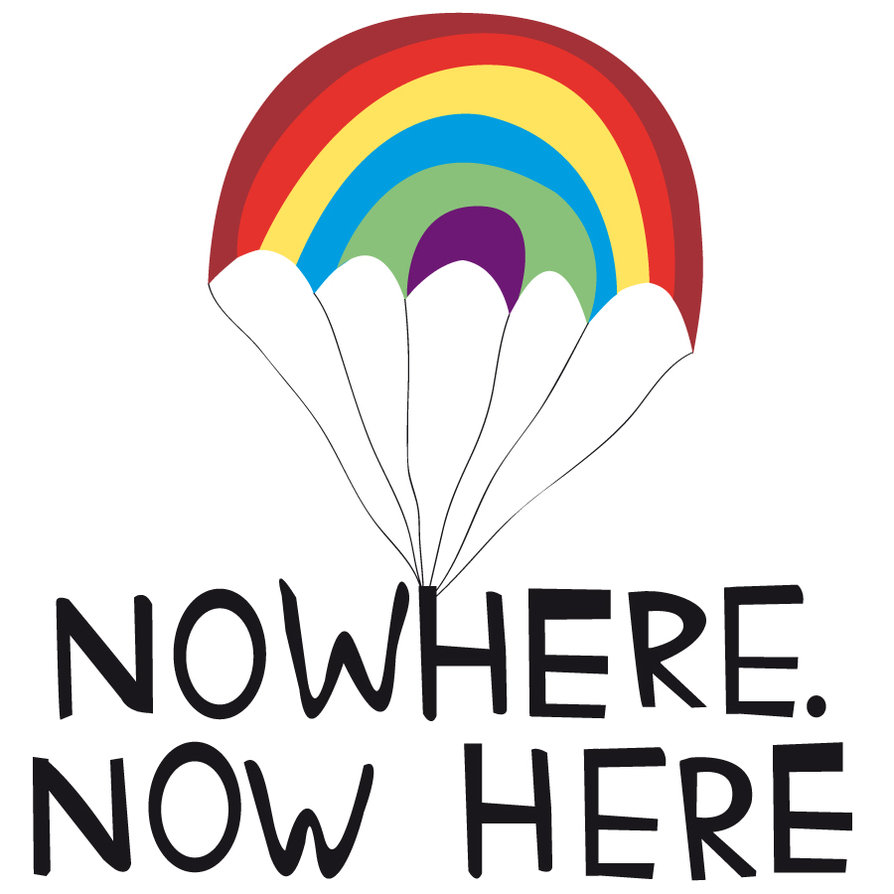Facilitation, rapt attention, and love

Why am I drawn to facilitation? I’ve often heard an uneasy inner voice that wonders if it’s about a desire or need for control and/or power. And yet I know through experience that when I am facilitating well, I have influence but no real control or power.
Then I read this:
“Freud said that psychoanalysis is a ‘cure through love,’ and I think that is essentially correct. The love is conveyed not so much in the content as in the form: the rapt attention of someone who cares enough to interrogate you. The love stows away in the conversation.”
—Psychotherapist and writer Gary Greenberg, interviewed in “Who Are You Calling Crazy?”, The Sun, July 2016
Facilitation is not psychotherapy (though sometimes it may have similar results.) But they both have something in common when performed with skill: the gift of listening closely. And that gift of rapt attention is given out of love—not of the content but through the form.
Though I sometimes want to be in (illusory) control, I am drawn to facilitation out of love.
Facilitation, rapt attention, and love.
Why are you drawn (if, indeed, you are) to facilitation?
Photo attribution: Flickr user alphachimpstudio



